Home>Gardening & Outdoor>Plant Care & Gardening Tips>Where Is Wild Rice A Native Plant?
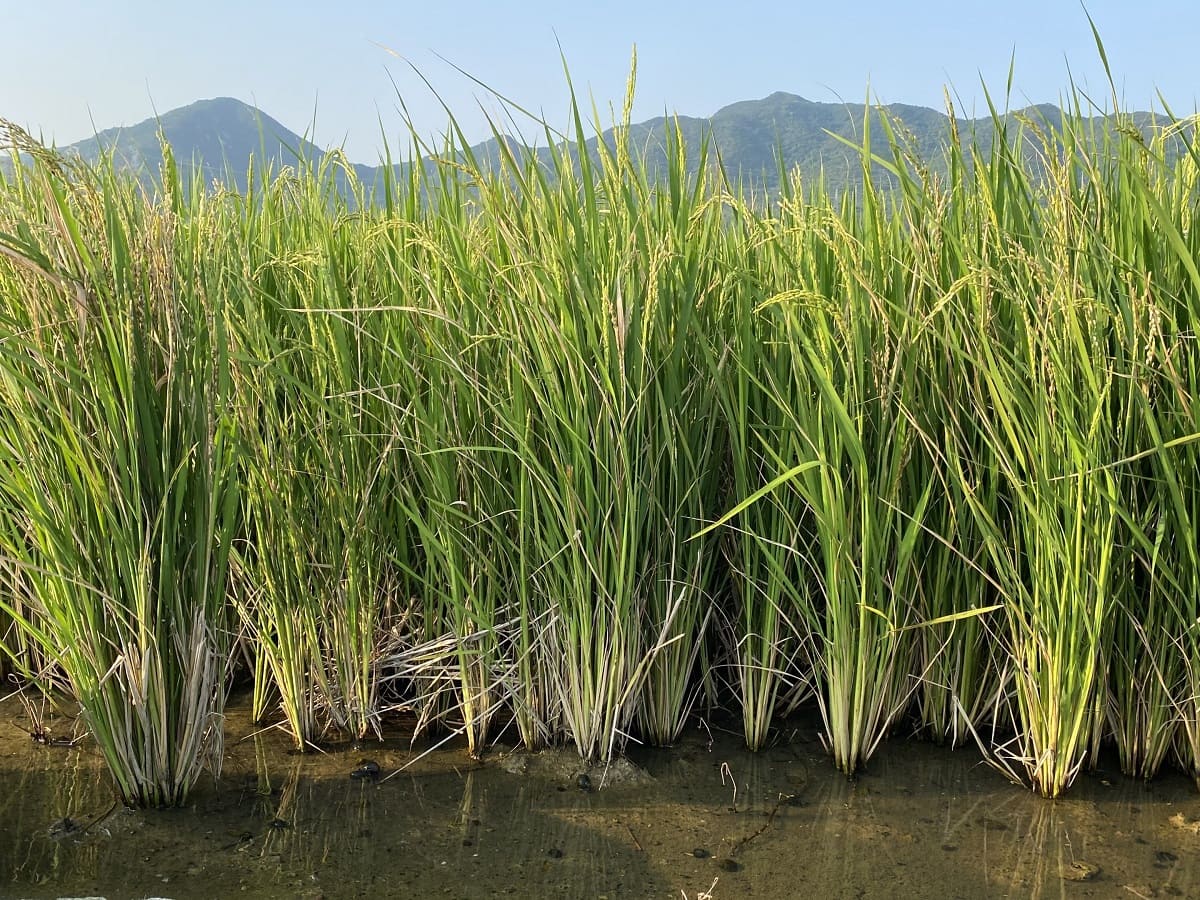

Plant Care & Gardening Tips
Where Is Wild Rice A Native Plant?
Modified: January 4, 2024
Discover the native habitats of wild rice and get valuable plant care and gardening tips for cultivating this indigenous plant. Learn where wild rice thrives and how to care for it in your garden.
(Many of the links in this article redirect to a specific reviewed product. Your purchase of these products through affiliate links helps to generate commission for Storables.com, at no extra cost. Learn more)
**
Introduction
**
Welcome to the wonderful world of wild rice! In this article, we'll take a deep dive into the fascinating history, native range, and cultural significance of wild rice. As a staple food for many indigenous communities, wild rice holds a special place in the hearts and traditions of those who have relied on it for sustenance and nourishment for centuries. We'll explore the origins of this remarkable grain, its vital role in indigenous cultures, and the efforts to conserve and protect its natural habitat. So, grab a cup of tea, sit back, and join us on a journey through the captivating story of wild rice.
**
Key Takeaways:
- Wild rice is native to the freshwater ecosystems of North America, where it holds deep cultural significance for indigenous communities and plays a vital role in their traditions and livelihoods.
- Conservation efforts for wild rice focus on preserving its natural habitats, promoting sustainable harvesting practices, and honoring the cultural importance of this remarkable plant to indigenous peoples.
History of Wild Rice
**
Wild rice, also known as "manoomin" or "zizania," has a rich and storied history that dates back thousands of years. Indigenous peoples of North America have cultivated and harvested wild rice for generations, passing down traditional methods of gathering and processing this nutritious grain. The Ojibwe, Menominee, and other Native American tribes have long revered wild rice as a sacred gift from the earth, incorporating it into their ceremonies and daily sustenance.
Historically, wild rice played a crucial role in the diet and economy of many indigenous communities. It was not only a source of food but also a symbol of cultural identity and a cornerstone of tribal traditions. The harvesting of wild rice involved intricate knowledge of the plant’s growth cycle and the delicate ecosystems that support its existence. For centuries, indigenous peoples have maintained a harmonious relationship with wild rice, recognizing its significance as a sacred and nourishing gift from the natural world.
European settlers and colonizers also recognized the value of wild rice, incorporating it into their own culinary traditions. Today, wild rice remains a cherished ingredient in diverse cuisines, celebrated for its nutty flavor, chewy texture, and nutritional benefits.
As we delve into the history of wild rice, it becomes evident that this remarkable grain has woven itself into the fabric of indigenous cultures and continues to inspire culinary creativity and environmental stewardship.
**
Native Range of Wild Rice
**
Wild rice is native to the shallow waters of freshwater lakes, rivers, and streams, primarily in the northern regions of North America. Its natural range extends from the Great Lakes region, including parts of Minnesota, Wisconsin, and Michigan, to areas of Canada, such as Ontario and Manitoba. The plant thrives in the clear, clean waters of these regions, where it forms dense stands and provides essential habitat for various aquatic species.
The unique ecological requirements of wild rice dictate its preference for specific water depths, bottom substrates, and water quality parameters. It flourishes in shallow, slow-moving water with mucky or silty bottoms, where its long, slender stalks can anchor themselves and reach toward the surface to produce their distinctive grain-bearing panicles. The plant’s ability to adapt to varying water levels and environmental conditions contributes to its resilience in the wild.
While wild rice’s native range is concentrated in North America, efforts have been made to introduce and cultivate it in other parts of the world. However, the plant’s ecological significance and cultural importance are deeply rooted in its original habitats, where it continues to play a vital role in the ecosystems and traditions of indigenous communities.
Understanding the native range of wild rice is essential for conservation efforts and sustainable management practices, as it provides valuable insights into the plant’s ecological needs and the interconnectedness of its habitat with other species. By safeguarding the natural environments where wild rice thrives, we can ensure the preservation of this culturally significant and ecologically valuable plant for generations to come.
**
Wild rice is a native plant to North America, particularly in the Great Lakes region and parts of Canada. Look for it in shallow, slow-moving waters like lakes, rivers, and marshes.
Importance of Wild Rice to Indigenous Cultures
**
Wild rice holds profound cultural, spiritual, and nutritional significance for indigenous communities across North America. For many tribes, the annual wild rice harvest is a sacred tradition, deeply rooted in the cultural fabric of their societies. The Ojibwe, Menominee, and other indigenous groups view wild rice as a sacred gift from the Creator, embodying the interconnectedness of all living beings and the reciprocity between humans and the natural world.
Harvesting wild rice is not merely a means of gathering food; it is a ceremonial practice that fosters a deep sense of reverence and gratitude. The act of gathering wild rice involves intricate knowledge of the plant’s growth patterns, the timing of the harvest, and the respectful stewardship of the waterways where it thrives. Elders pass down traditional harvesting techniques and oral histories, ensuring that the cultural legacy of wild rice endures through generations.
Wild rice also plays a central role in indigenous culinary traditions, where it is celebrated as a nutritious and flavorful staple. From savory soups and casseroles to sweet puddings and baked goods, wild rice is a versatile ingredient that enriches traditional dishes with its nutty taste and chewy texture. Its nutritional value, including high protein content and essential nutrients, has sustained indigenous communities for centuries, contributing to their resilience and well-being.
Furthermore, the economic significance of wild rice cannot be overlooked. Indigenous harvesters and producers engage in sustainable wild rice cultivation, supporting local economies and preserving traditional livelihoods. The sale and exchange of wild rice also foster community cohesion and economic independence, empowering indigenous peoples to maintain their cultural practices and self-sufficiency.
Recognizing the importance of wild rice to indigenous cultures is essential for promoting cultural diversity, honoring traditional knowledge, and supporting the rights of indigenous communities to steward their ancestral lands. By respecting and upholding the cultural significance of wild rice, we contribute to the preservation of indigenous traditions and the protection of vital ecosystems.
**
Conservation of Wild Rice
**
Efforts to conserve wild rice and its natural habitats are critical for safeguarding the ecological integrity of freshwater ecosystems and upholding the cultural heritage of indigenous communities. The conservation of wild rice encompasses various strategies aimed at protecting its native habitats, promoting sustainable harvesting practices, and raising awareness about the plant’s ecological and cultural importance.
One key aspect of wild rice conservation involves habitat preservation and restoration. Protecting the waterways and wetlands where wild rice grows is essential for maintaining the plant’s genetic diversity and ensuring the resilience of its populations. Wetland conservation initiatives, including the preservation of water quality and the prevention of habitat degradation, contribute to the long-term survival of wild rice and the myriad species that depend on its presence.
Sustainable wild rice harvesting practices are integral to conservation efforts, as they support the regeneration of wild rice stands and the maintenance of healthy aquatic ecosystems. Indigenous knowledge and traditional harvesting techniques play a vital role in guiding sustainable harvests, allowing for the continued abundance of wild rice while respecting the natural balance of the environment. Collaborative management approaches that involve indigenous communities, conservation organizations, and governmental agencies can help establish guidelines for responsible wild rice harvesting and stewardship.
Educational outreach and public engagement are essential components of wild rice conservation, as they foster a deeper understanding of the plant’s ecological significance and cultural value. By raising awareness about the importance of wild rice to indigenous cultures and the interconnectedness of freshwater ecosystems, conservation efforts can garner broader support and advocacy for the protection of wild rice habitats and the promotion of sustainable land use practices.
Furthermore, partnerships between indigenous communities, environmental organizations, and governmental entities are instrumental in developing conservation initiatives that respect indigenous sovereignty and traditional ecological knowledge. Collaborative governance models that prioritize the inclusion of indigenous perspectives and the recognition of indigenous land rights are essential for effective and equitable wild rice conservation.
By embracing a holistic approach to wild rice conservation that integrates ecological stewardship, cultural preservation, and community empowerment, we can ensure that this remarkable plant continues to thrive in its natural habitats, sustaining both the biodiversity of freshwater ecosystems and the cultural heritage of indigenous peoples.
**
Read more: Where Is The Snake Plant Native To
Conclusion
**
As we conclude our exploration of wild rice, it becomes evident that this remarkable plant embodies the intersection of ecological resilience, cultural significance, and culinary diversity. From its native range in the freshwater ecosystems of North America to its profound importance to indigenous cultures, wild rice represents a tapestry of interconnectedness between humans and the natural world.
The history of wild rice is a testament to the enduring relationship between indigenous communities and the ecosystems that sustain them. For centuries, wild rice has been revered as a sacred gift, nourishing both body and spirit while fostering a deep sense of stewardship and reciprocity. Its cultural importance extends beyond sustenance, encompassing ceremonial practices, traditional knowledge, and economic vitality for indigenous peoples.
Conserving wild rice and its habitats is not only an ecological imperative but also a moral and ethical responsibility. By honoring the cultural significance of wild rice and supporting the rights of indigenous communities to steward their ancestral lands, we contribute to the preservation of biodiversity, the promotion of environmental justice, and the celebration of cultural diversity.
Looking ahead, the conservation of wild rice requires collaborative and inclusive approaches that center indigenous perspectives, traditional knowledge, and sustainable land management practices. By fostering partnerships between indigenous communities, conservation organizations, and governmental agencies, we can develop holistic conservation strategies that respect the interconnectedness of ecological and cultural values.
As stewards of the earth, we have the opportunity and the obligation to ensure that future generations inherit a world where wild rice continues to thrive, where indigenous cultures are honored and respected, and where the delicate balance of nature is preserved. By embracing the wisdom of indigenous traditions and the resilience of wild rice, we can cultivate a future that sustains both the vitality of our ecosystems and the richness of human heritage.
So, let us embark on this journey of conservation and cultural appreciation, guided by the spirit of wild rice and the enduring legacy of indigenous wisdom. Together, we can weave a story of resilience, reciprocity, and reverence for the natural world, ensuring that wild rice flourishes as a symbol of harmony and abundance for generations to come.
Frequently Asked Questions about Where Is Wild Rice A Native Plant?
Was this page helpful?
At Storables.com, we guarantee accurate and reliable information. Our content, validated by Expert Board Contributors, is crafted following stringent Editorial Policies. We're committed to providing you with well-researched, expert-backed insights for all your informational needs.
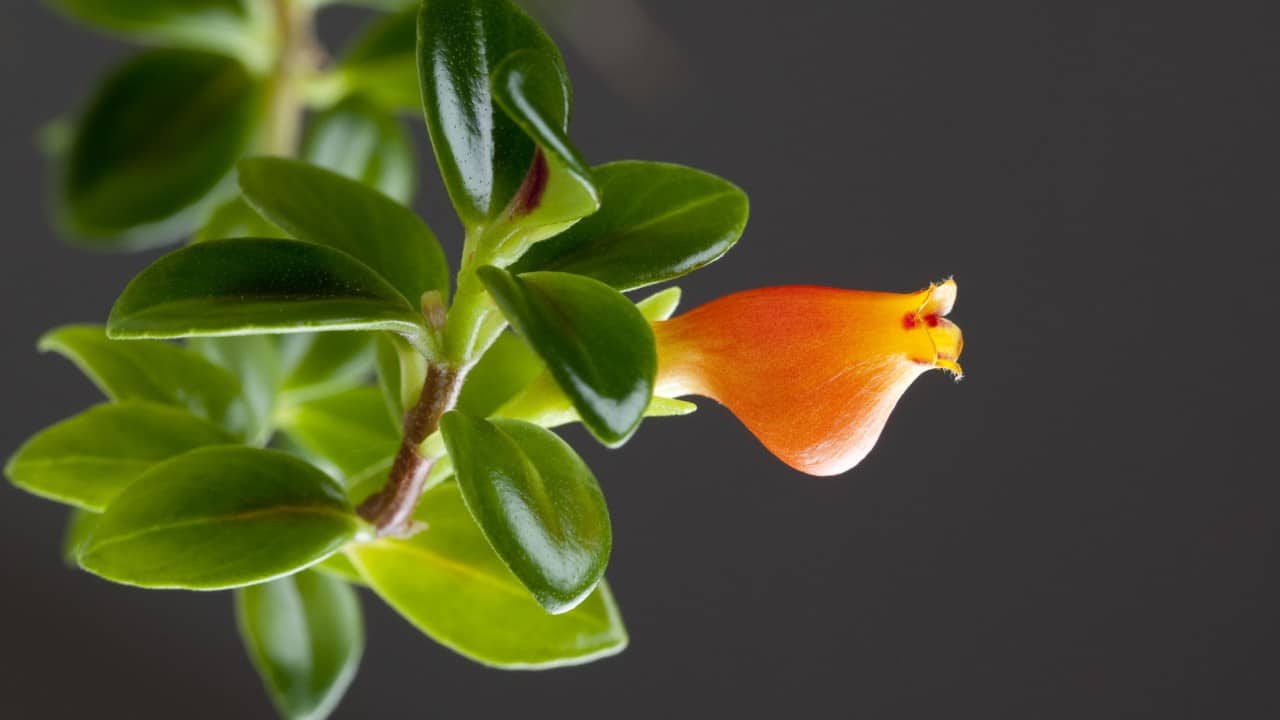
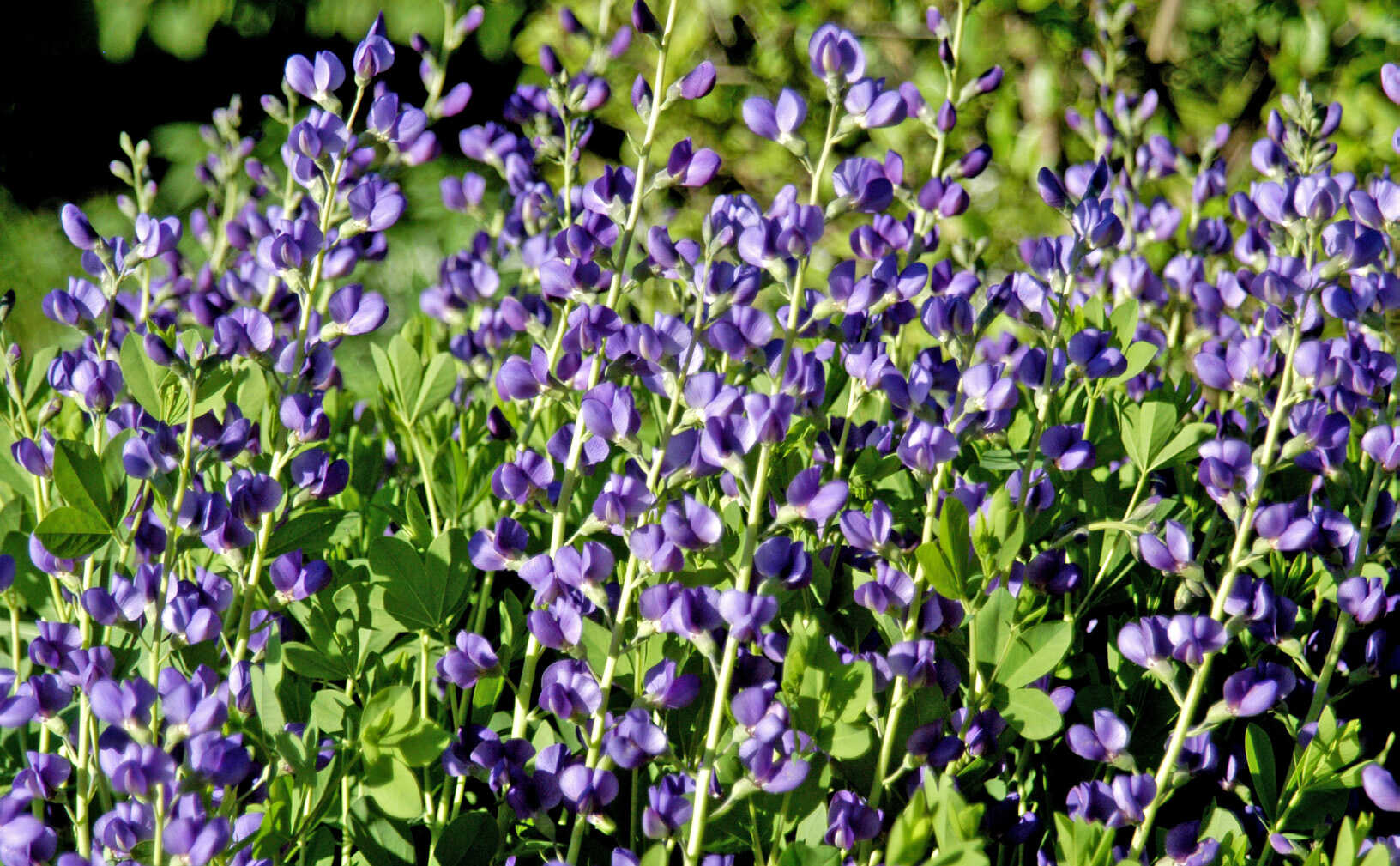
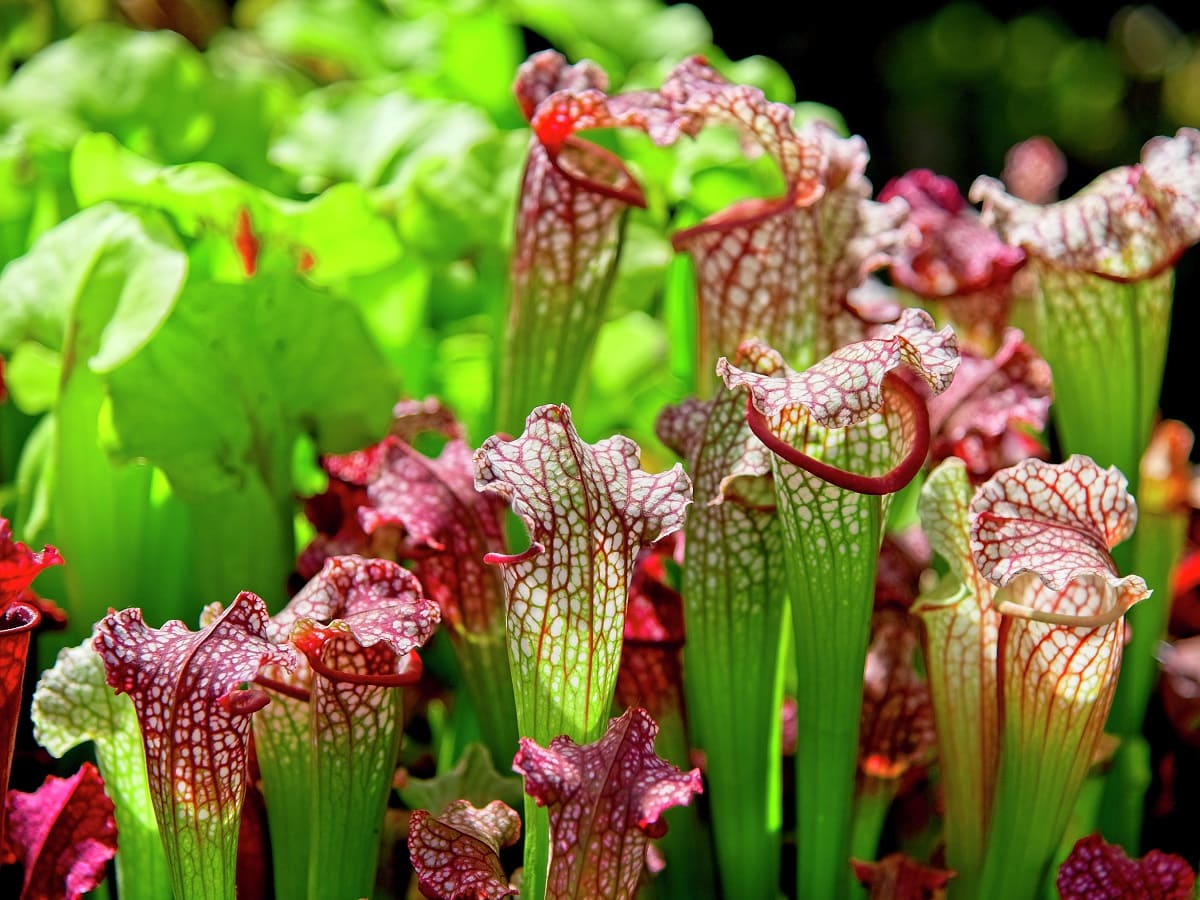
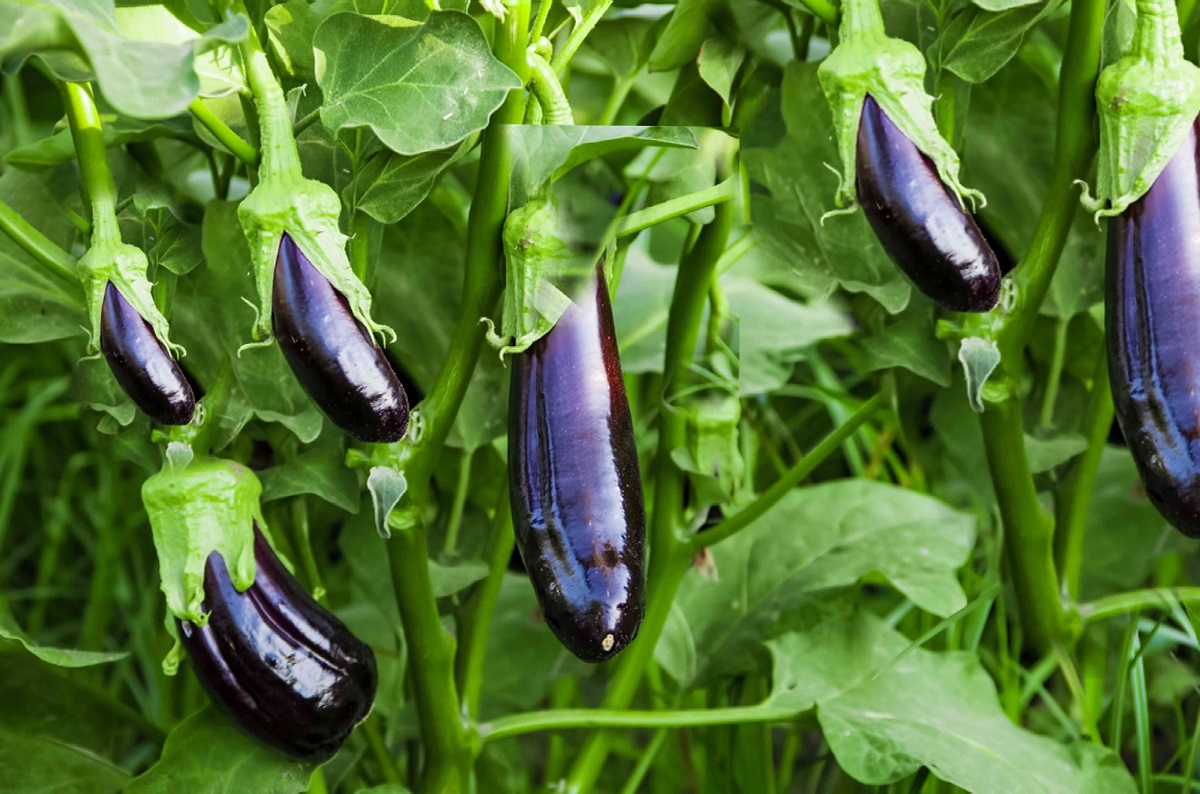
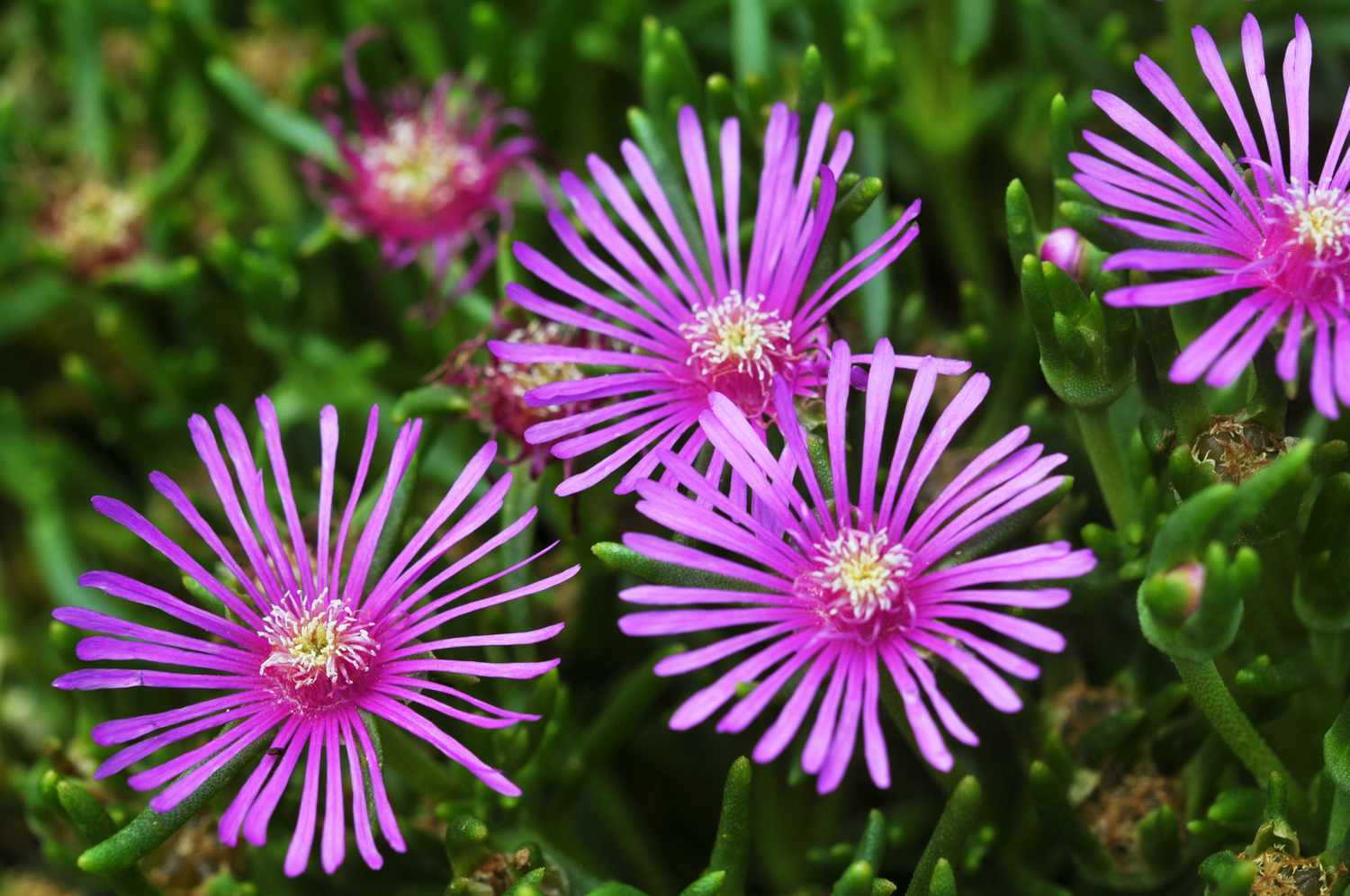
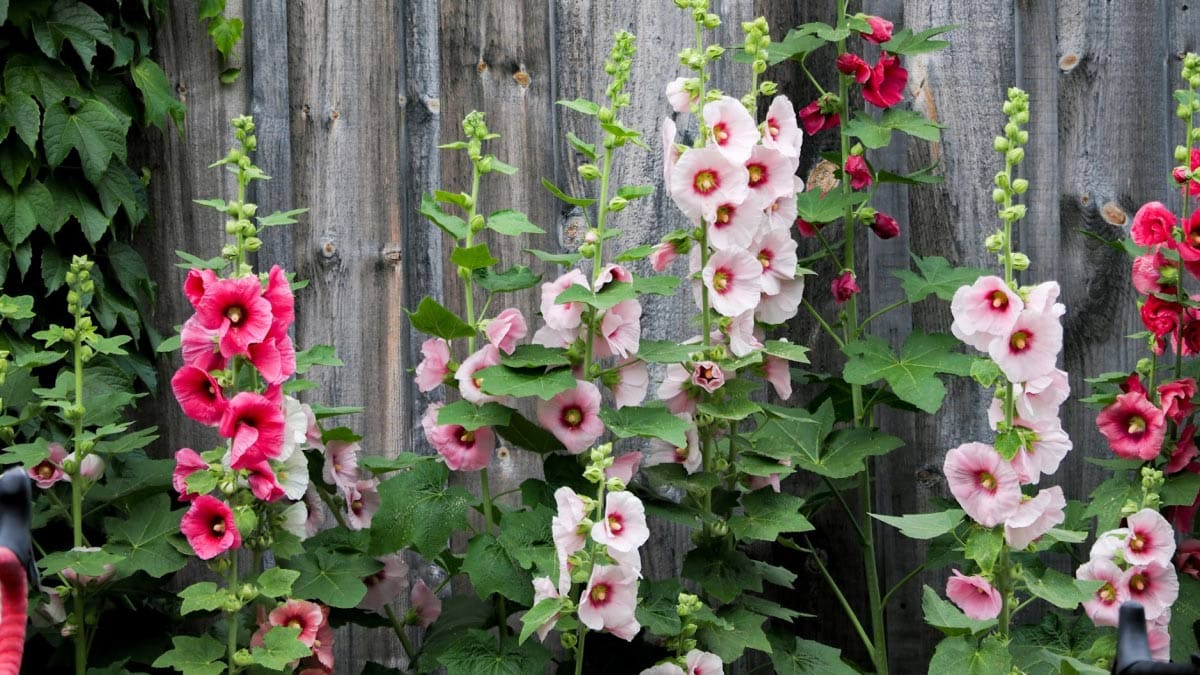
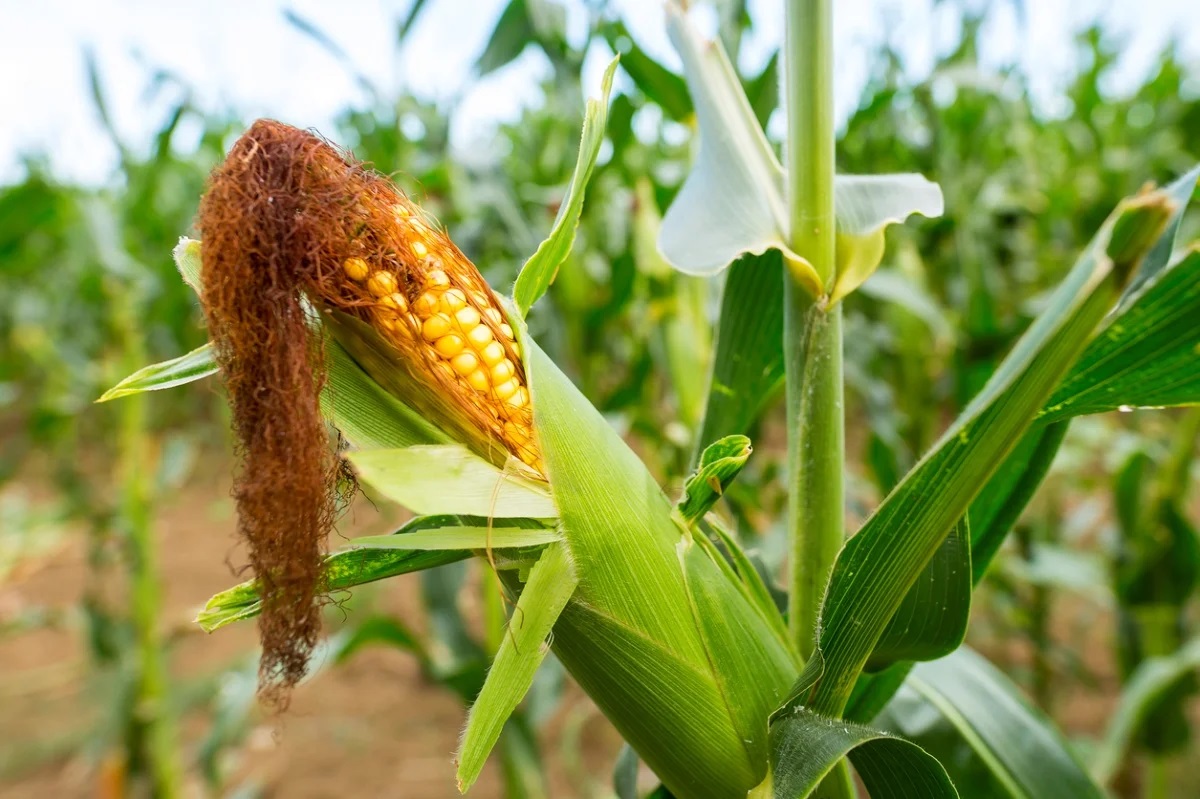
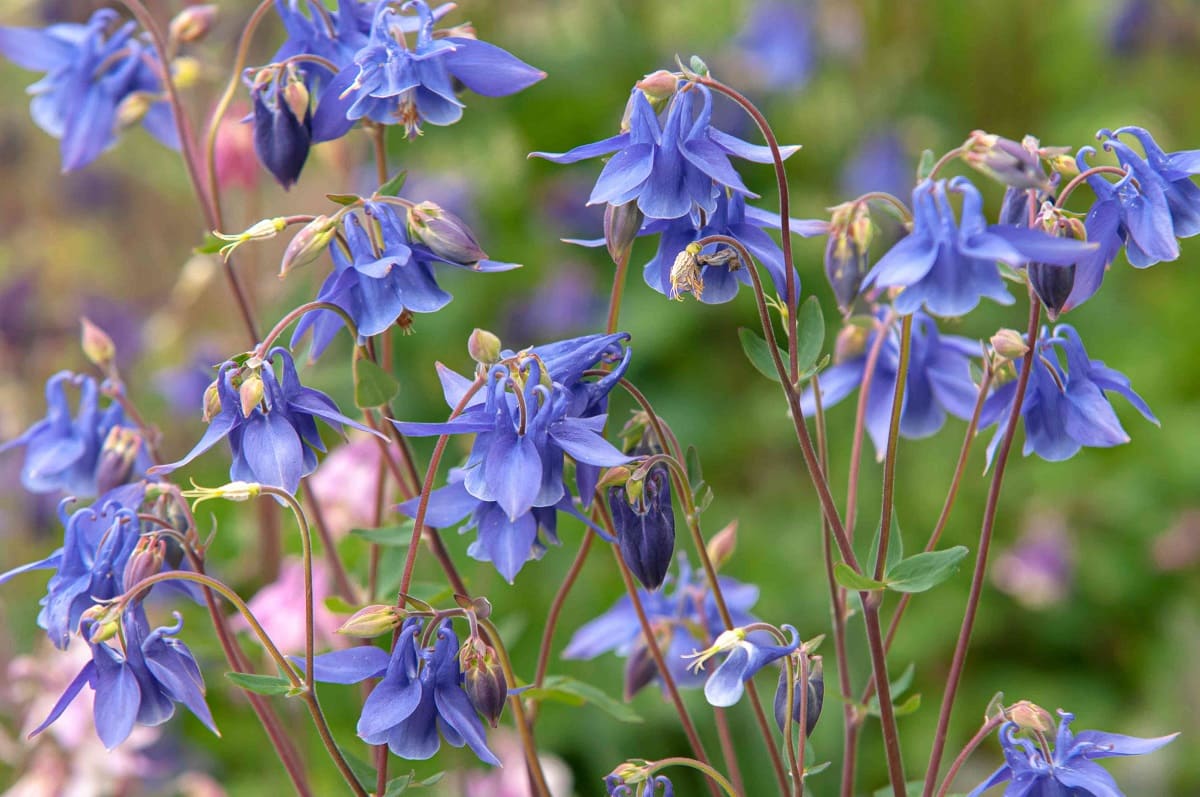
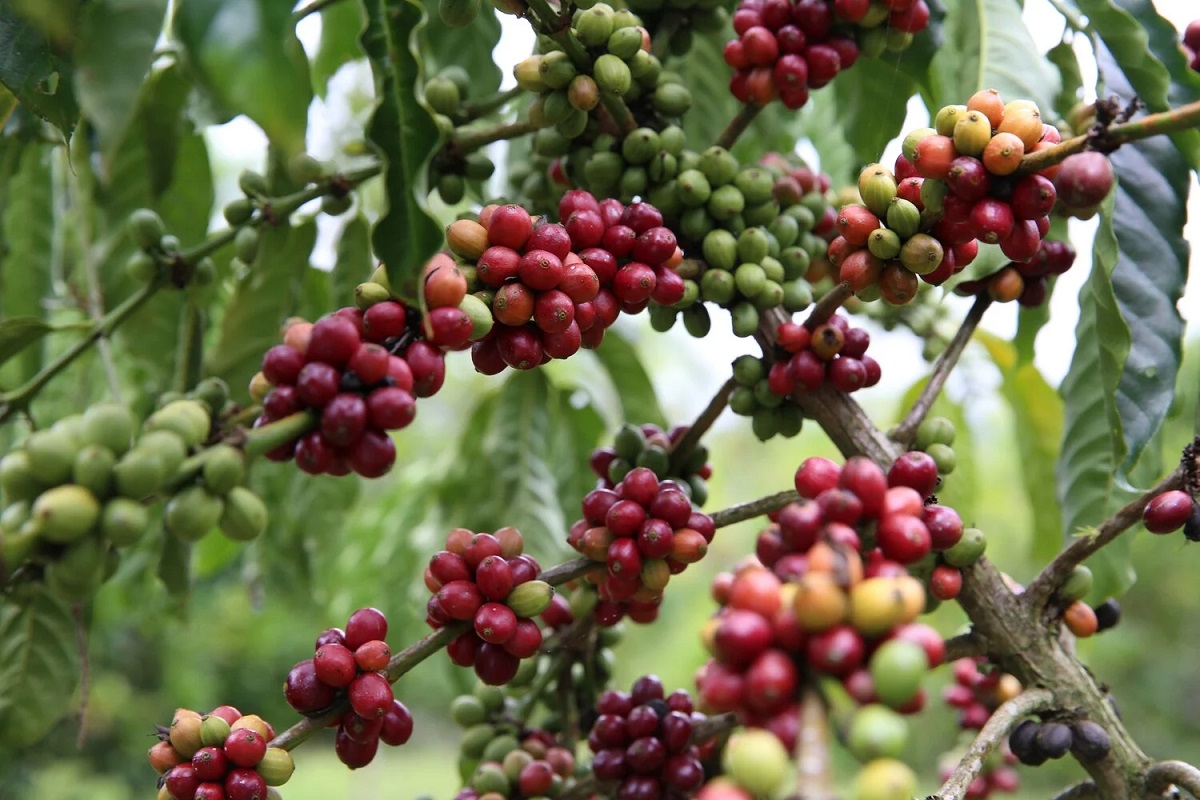
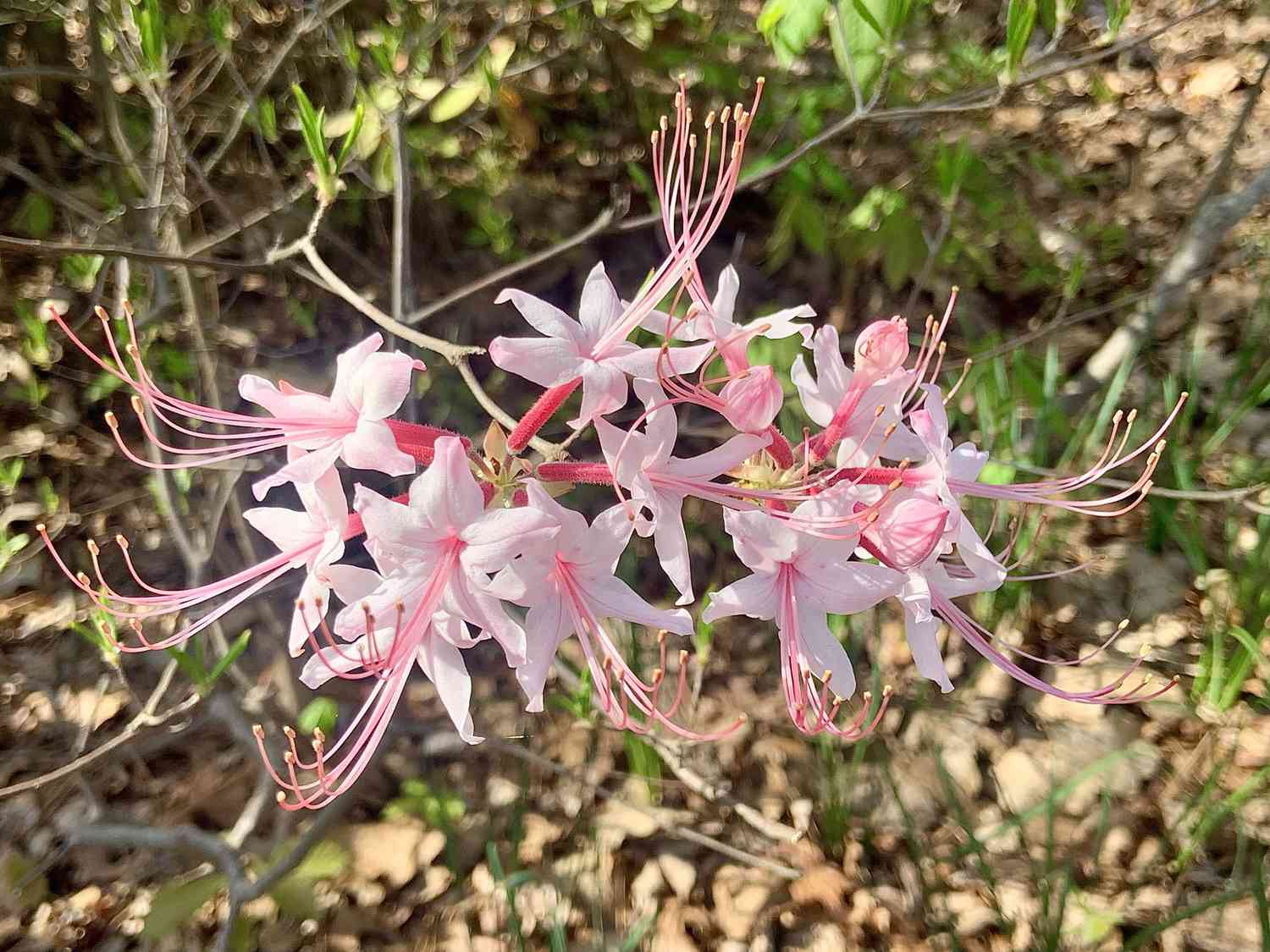

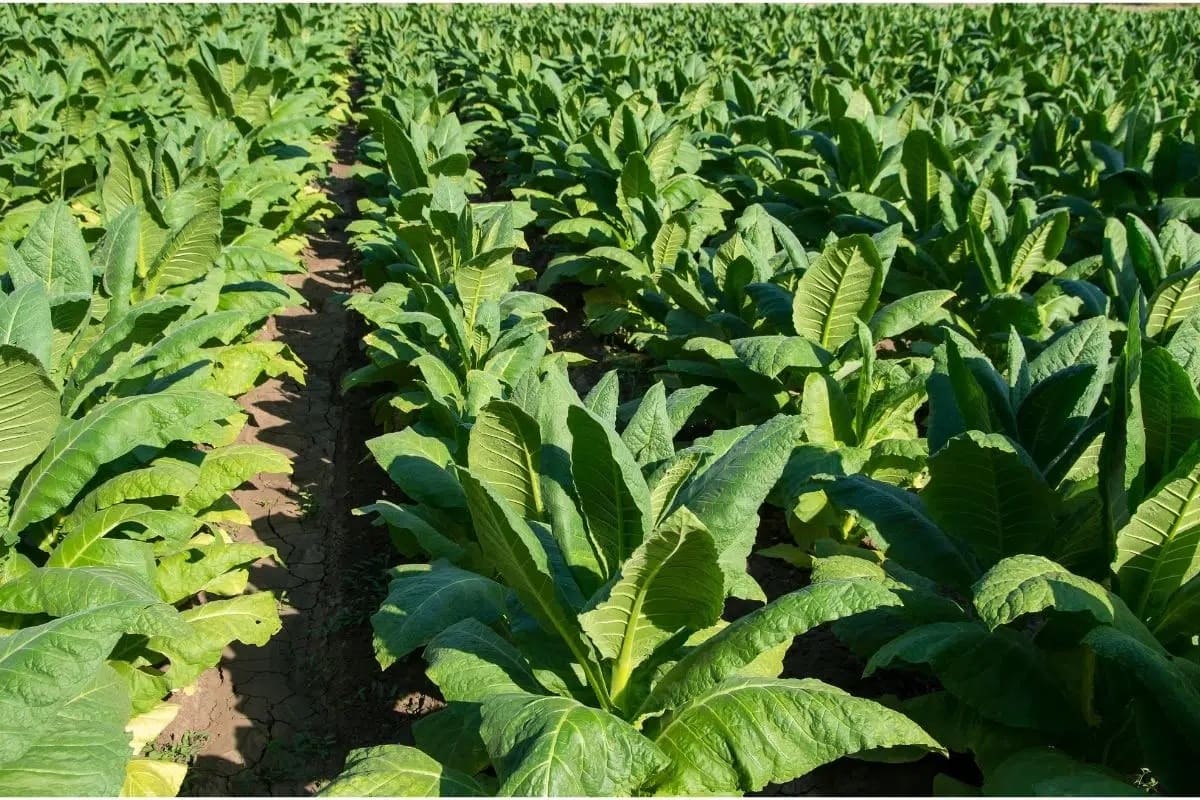
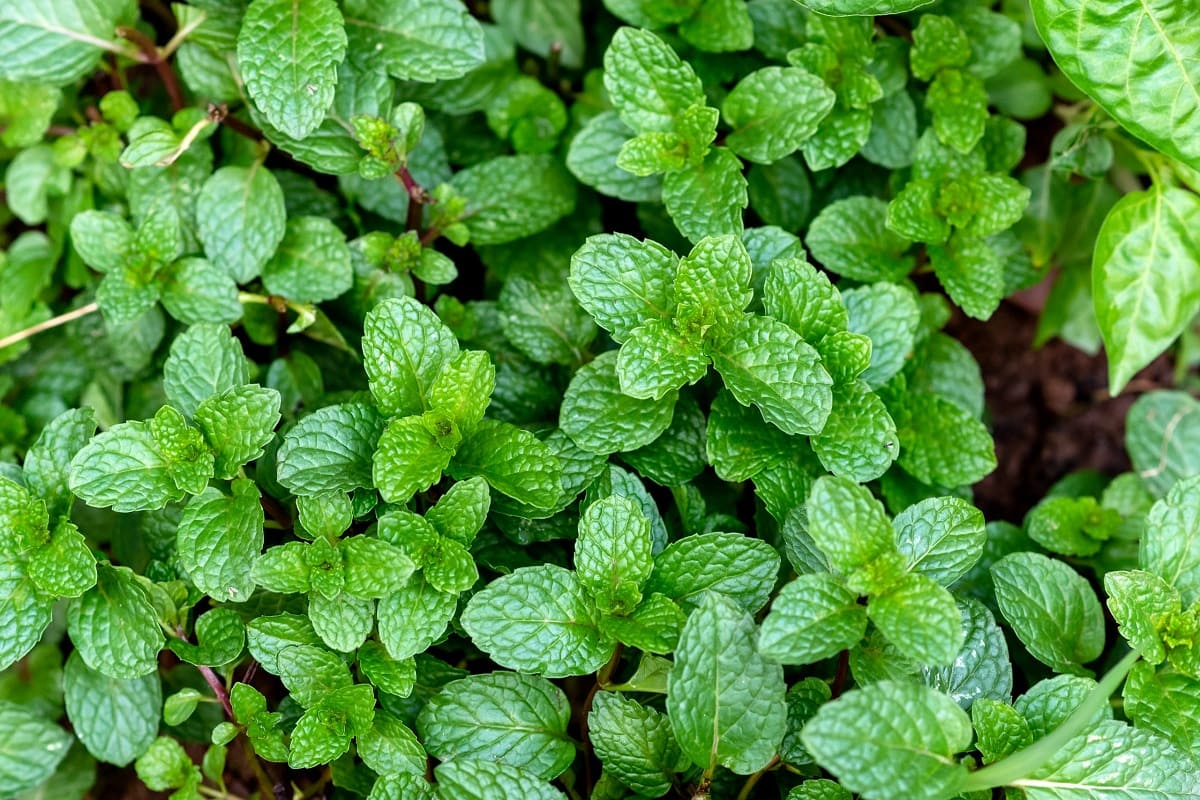
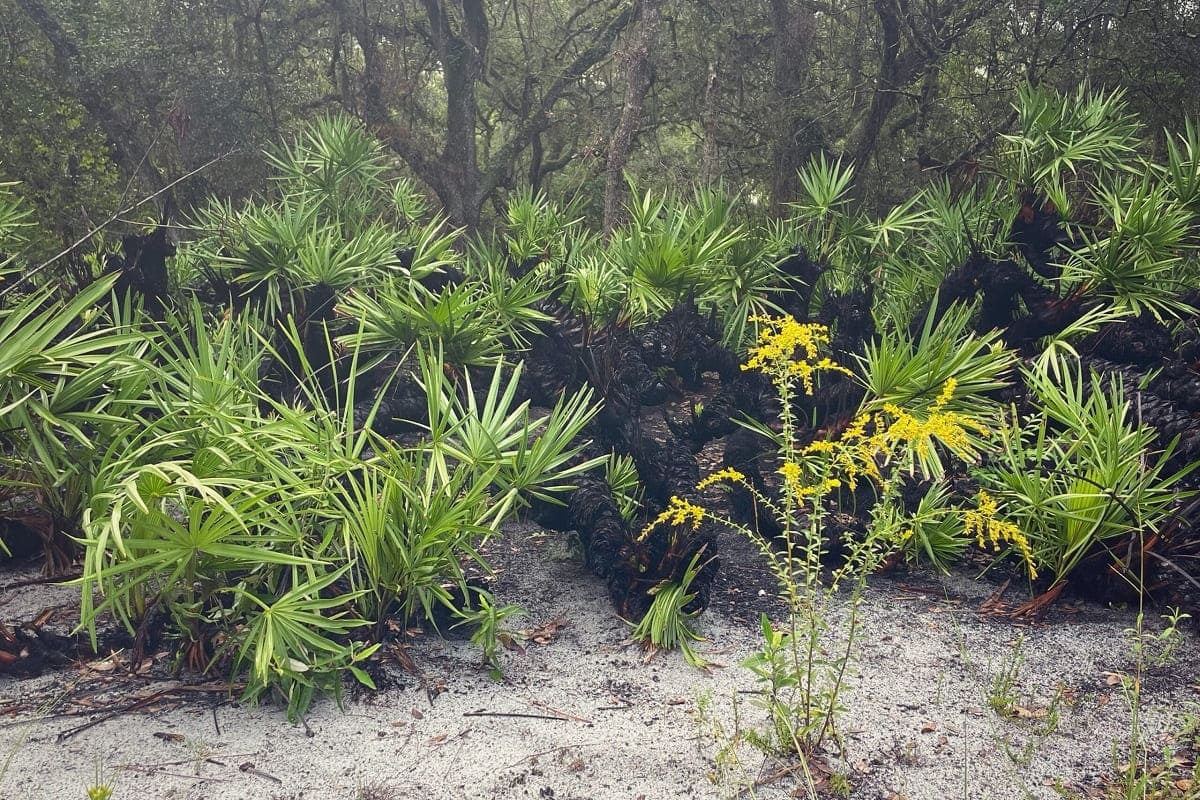

0 thoughts on “Where Is Wild Rice A Native Plant?”